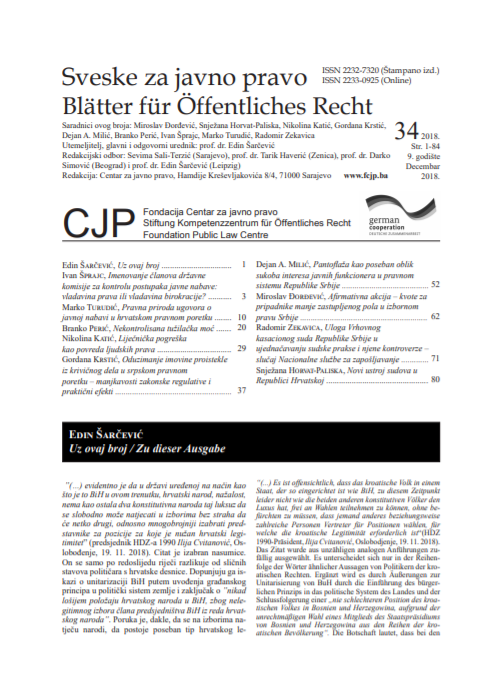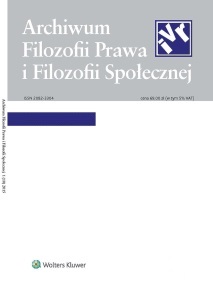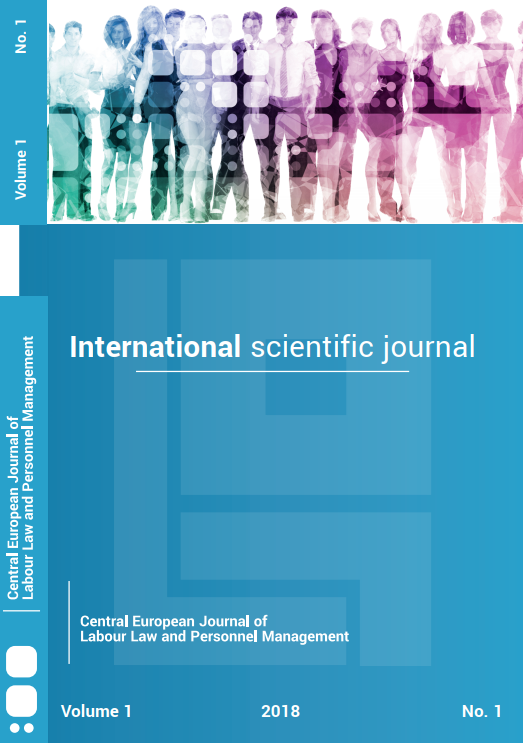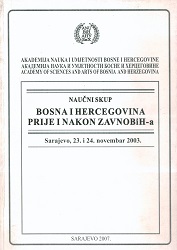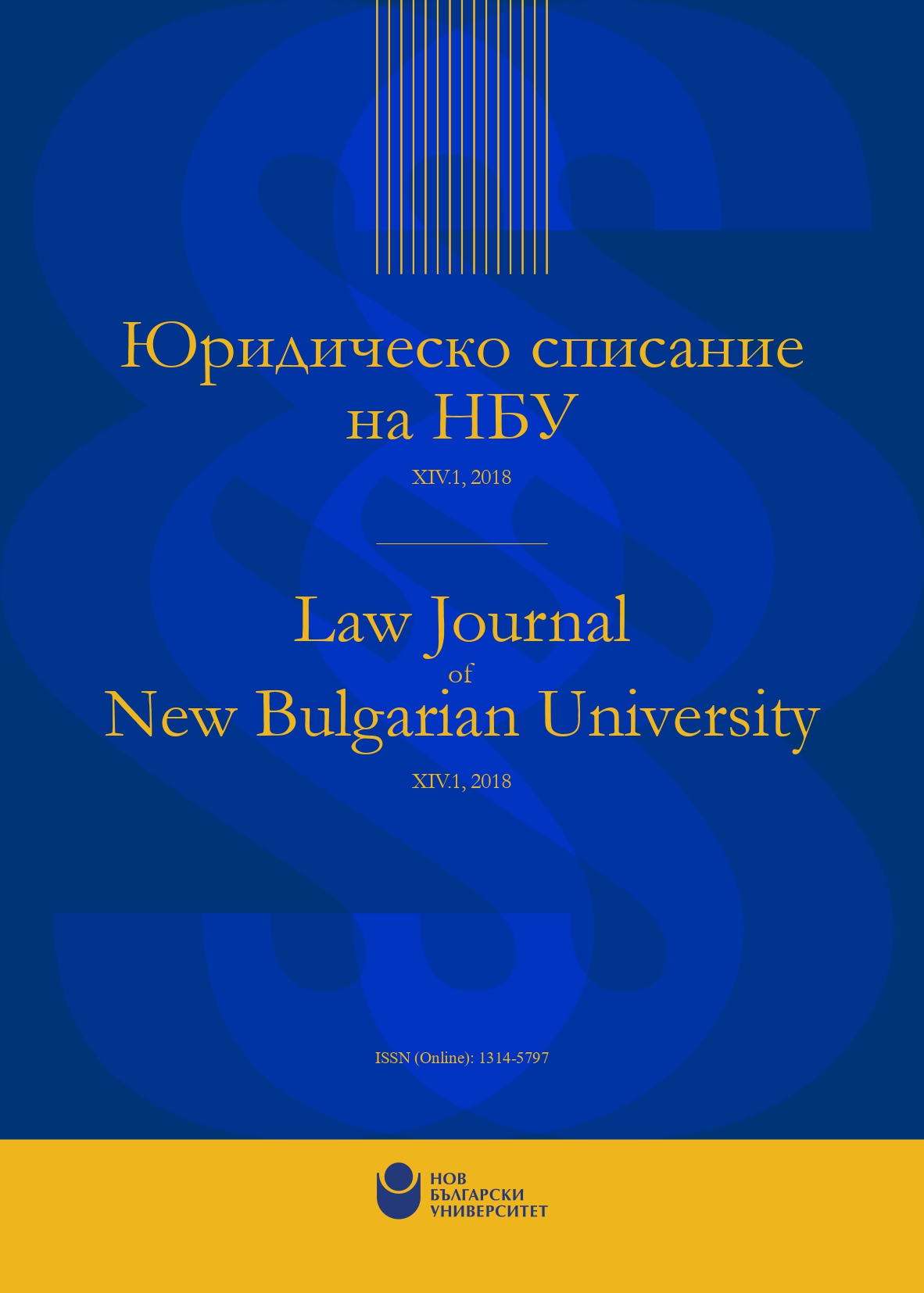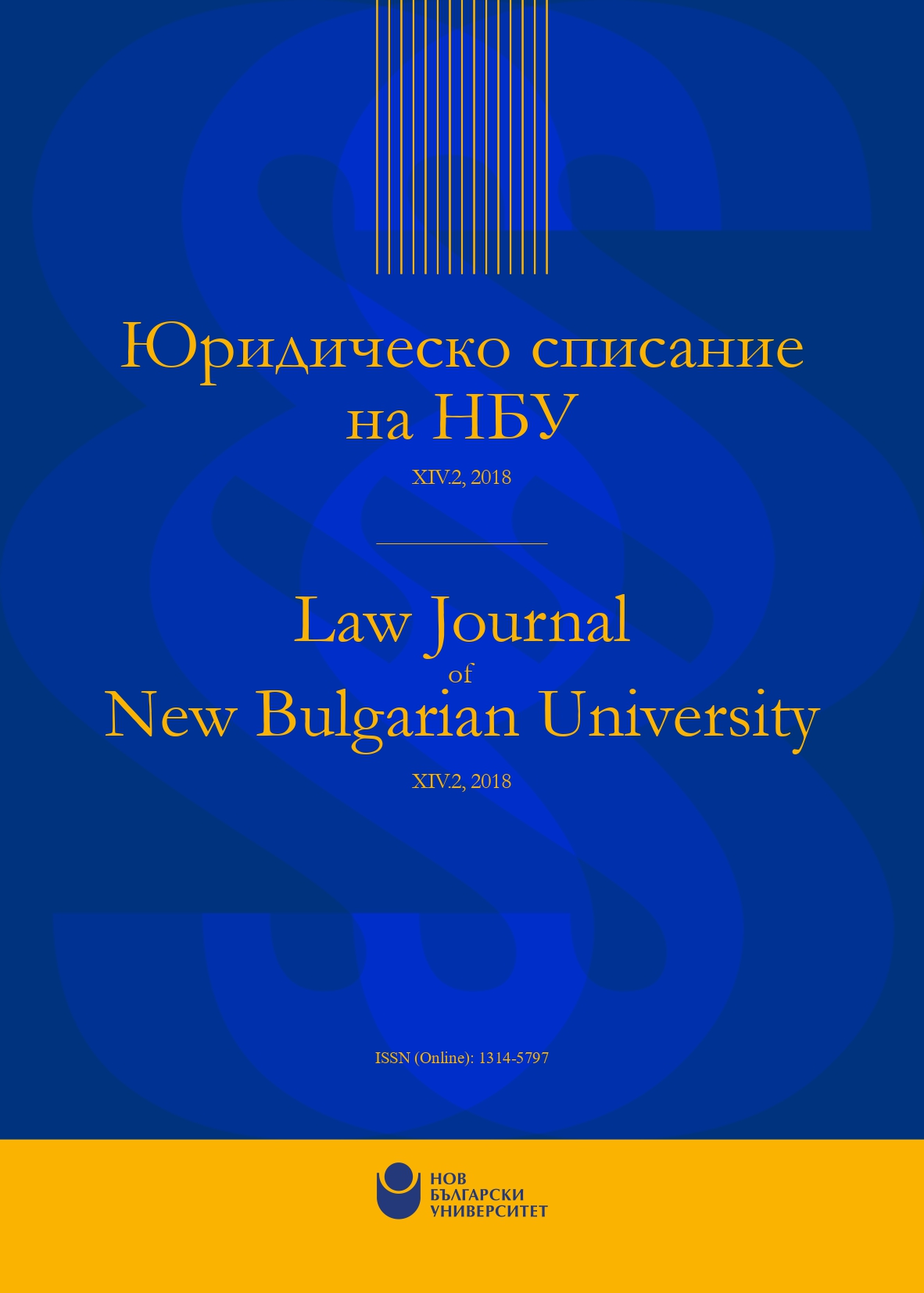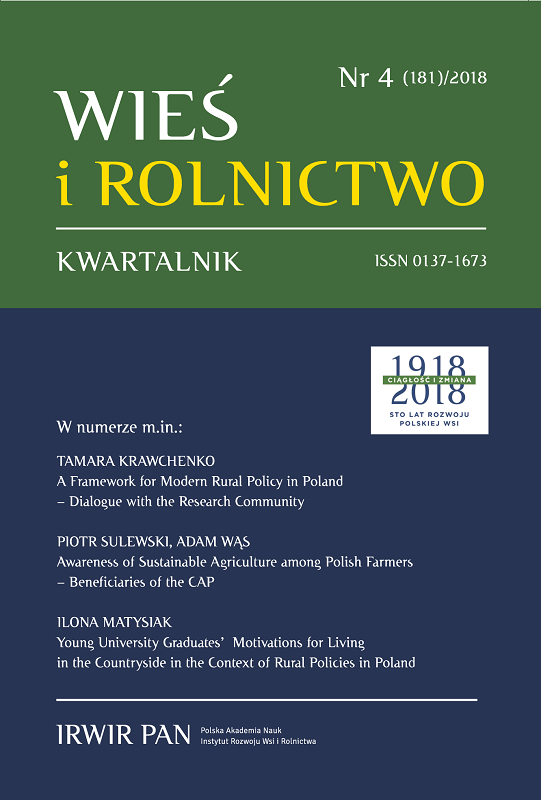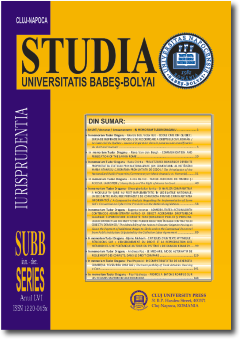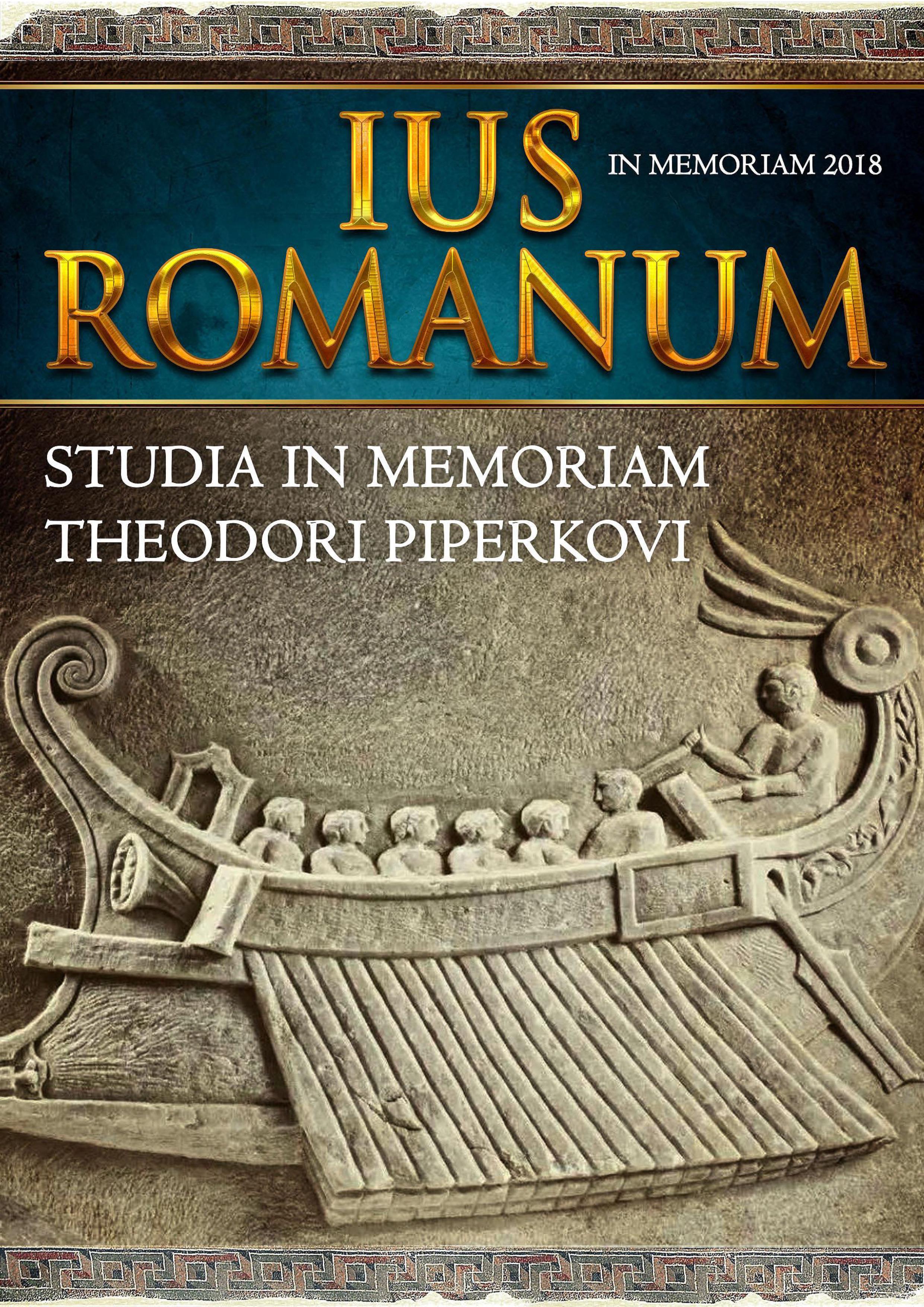Viaţa universitară cu statut special
The normative act that regulates the entire Romanian education system at present is Law no. 1/2011, the national education law, as amended and supplemented. The latter is an organic law and, as such, in the hierarchy of normative acts of Romania, the only act with legal force superior to an organic law is the revised Constitution of Romania. Both the institution as a whole and its teaching staff will be subject to the provisions of Law no. 1/2011, but only in the aspects in which this normative act intends to establish special regulations on the organization and functioning of the institution and to deviate from the regulations that are usually applied to the units subordinated to M.A.I
More...
